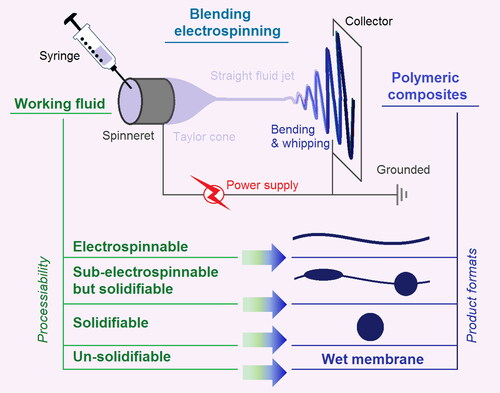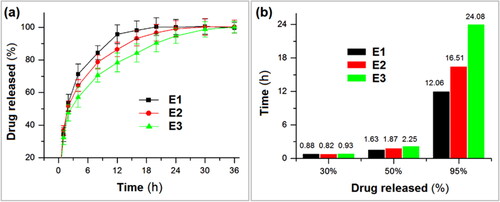Figures & data
Table 1. Parameters for preparing the EHDA products with various morphologies.Table Footnotea
Figure 2. The observations of the three working progresses for preparing the EHDA products: (a) a typical process for creating the homogeneous nanofibers E1; (b) a typical process for producing the composite spindles-on-a-string E2; (c) a typical digital image for preparing the beads-on-a-string E3; (d) the quantitative relationship between the total polymer (EC and PVP) contents in the working fluids and the heights of their Taylor cone; and (e) the quantitative relationship between the total polymer (EC and PVP) contents in the working fluids and the lengths of their straight fluid jet.
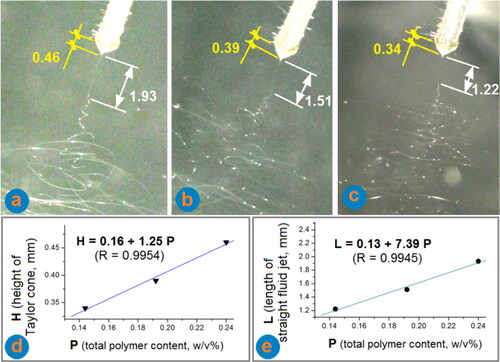
Figure 3. SEM images of the prepared EHDA products (a–d) and the relationships between the total polymer (EC and PVP) contents in the working fluids and the sizes of resultant EHDA products: (a–d) SEM images of EHDA products E1, E2, E4, and E4, respectively; (e) the relationships between the diameters of strings and polymeric contents; and (f) the relationships between the diameters of beads and polymeric contents.
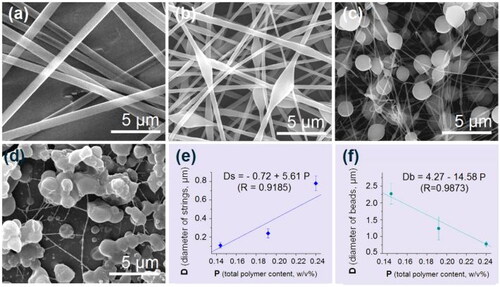
Figure 4. TEM images of the prepared EHDA products: (a) straight nanofibers E1; (b) spindles-on-a-string E2; and (c) beads-on-a-string E3.

Figure 5. Mechanisms for controllable fabrications of EHDA products with various morphologies: (a) the divisions of three stages of electrospinning during the instable bending and weeping processes; (b) a general trend of morphologies change with the treated working fluids’ elasticity; (c) the balance between the elasticity/surface tension and the repelling forces for drawing the working fluids; (d) the gradual change procedures for EHDA products E1, E2, and E3.
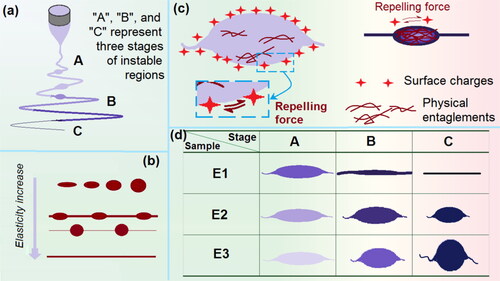
Figure 6. XRD patterns of the starting raw components (i.e. EC, PVP, and KET) and their different kinds of EHDA products E1, E2, and E3.

Figure 7. FTIR spectra of the starting raw components and their different kinds of EHDA products E1, E2, and E3, and the molecular formula of EC, PVP, and KET.
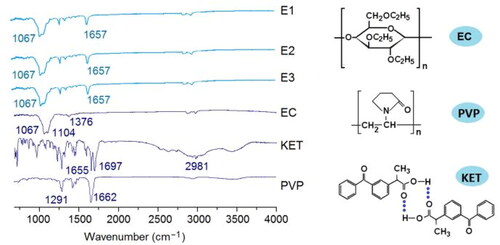
Data availability statement
The original contributions presented in the study are included in the article, further inquiries can be directed to the corresponding authors.


